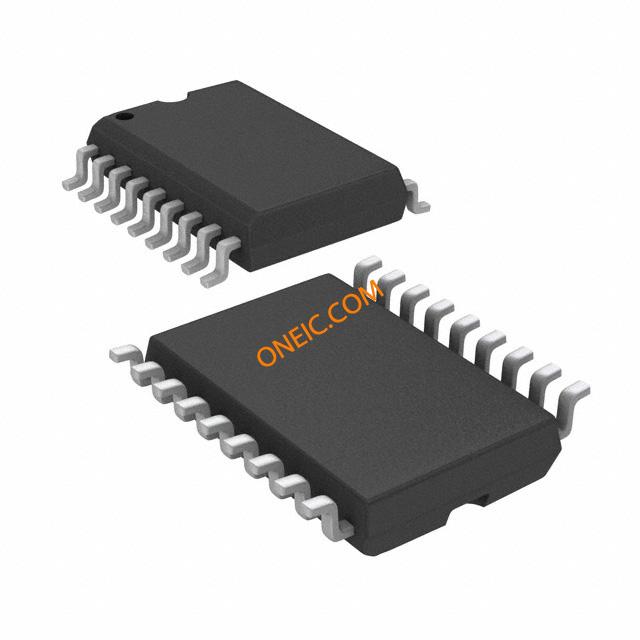PIC16F818T
Compact 8-bit microcontrollers with 1.75KB Flash and 16 I/O pins
Manufacturer: microchip
series introduction
# PIC16F818T Product Series Introduction
## 1. Overview
The PIC16F818T is a part of Microchip Technology's well - established PIC16F family of 8 - bit microcontrollers. These microcontrollers are designed to offer a balance between performance, cost, and power consumption, making them suitable for a wide range of embedded applications. The "T" in the model number may indicate specific packaging or other minor variations within the product line.
## 2. Key Features
### 2.1 CPU and Memory
- **CPU Core**: The PIC16F818T is built around a high - performance RISC (Reduced Instruction Set Computing) CPU. It has a simple and efficient instruction set with most instructions being executed in a single cycle, which allows for fast processing of tasks. This results in quick response times for applications that require real - time operation.
- **Program Memory**: It is equipped with a certain amount of Flash program memory. Flash memory is non - volatile, meaning that the program code stored in it is retained even when the power is turned off. This allows for easy reprogramming during the development phase and also enables field - upgradable applications.
- **Data Memory**: The microcontroller has a data memory (RAM) that is used for storing variables and intermediate results during program execution. The size of the data memory is sufficient for handling typical data processing tasks in small to medium - sized applications.
### 2.2 Peripherals
#### 2.2.1 Timers/Counters
- Multiple timers are integrated into the PIC16F818T. These timers can be used for a variety of purposes such as generating time delays, measuring time intervals, and generating periodic signals. For example, in a motor control application, a timer can be used to generate the appropriate pulse width modulation (PWM) signals to control the speed of the motor.
- The counters can be used to count external events, like the number of pulses from a sensor, which is useful in applications such as flow meters or tachometers.
#### 2.2.2 Analog - to - Digital Converter (ADC)
- The built - in ADC allows the microcontroller to convert analog signals from sensors (such as temperature sensors, light sensors, or pressure sensors) into digital values. This enables the PIC16F818T to interface with the real - world analog environment and make decisions based on the measured values. For instance, in a home automation system, an ADC can be used to measure the ambient light level and adjust the lighting accordingly.
#### 2.2.3 Universal Synchronous/Asynchronous Receiver/Transmitter (USART)
- The USART provides a serial communication interface, which is useful for communicating with other devices such as computers, sensors, or actuators. It supports both synchronous and asynchronous communication modes, allowing for flexible data transfer. This is commonly used in applications where data needs to be sent or received over a long distance, such as in industrial monitoring systems.
#### 2.2.4 Input/Output (I/O) Ports
- The PIC16F818T has a set of I/O ports that can be configured as either input or output pins. These pins can be used to interface with external devices such as switches, LEDs, relays, and other digital components. The I/O ports are also programmable, allowing for easy customization of the interface based on the specific requirements of the application.
### 2.3 Low - Power Operation
- The PIC16F818T is designed to operate with low power consumption. It has different power - saving modes, such as sleep mode, where the microcontroller can reduce its power consumption to a minimum while still retaining the contents of its memory. This makes it suitable for battery - powered applications
Images for reference

28-VQFN Pkg

28 QFN

18-SOIC